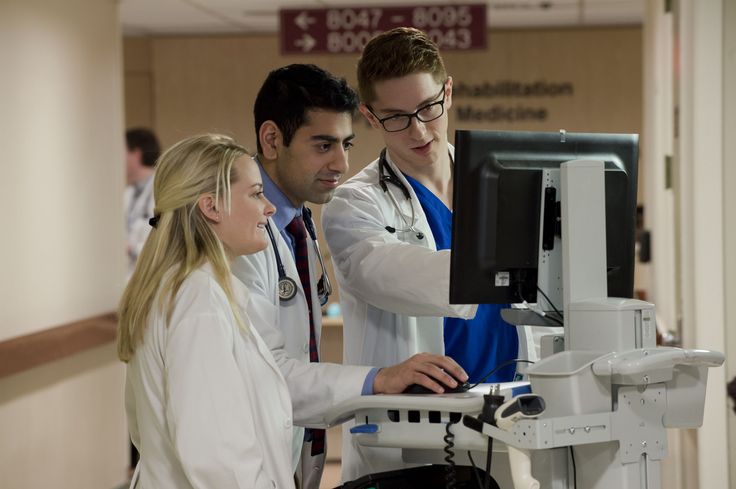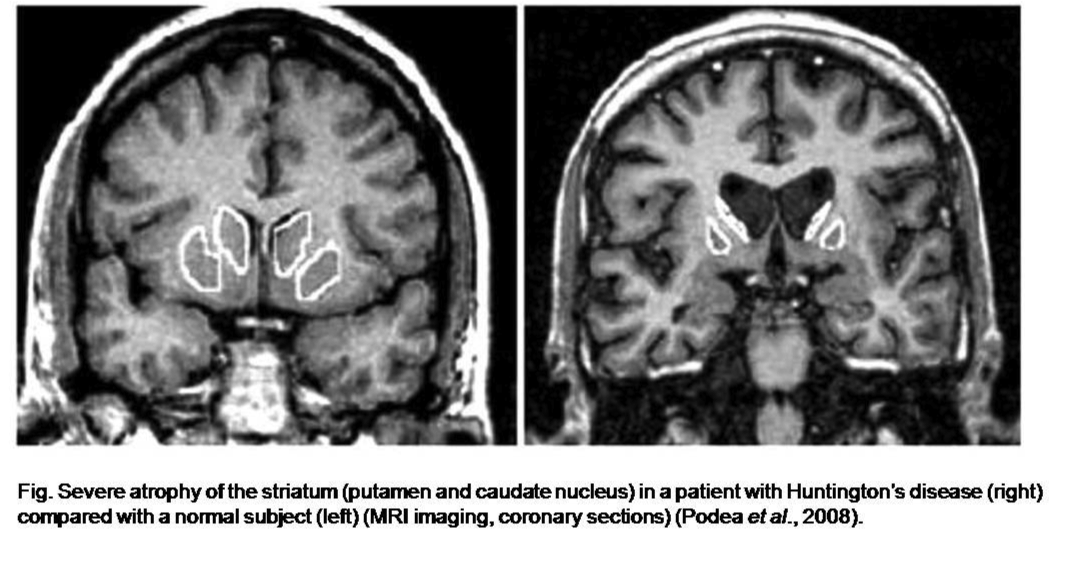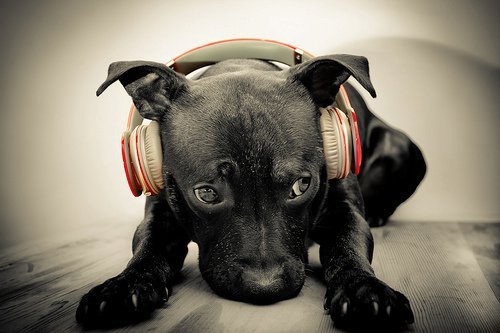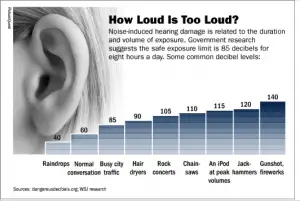With my third year of medical school coming to a close, here is what I wish I did differently, wish I knew beforehand, or figured out along the way during my core clinical rotations. Its nothing groundbreaking and you may have heard this before but it can’t hurt to hear it again.
Hold yourself accountable for the welfare of your patient
During your clinical rotations it is surprisingly easy to be lazy. But once you graduate medical school it will be your responsibility to care for the patients. Sure, as a resident you have a safety net to fall back on but at the end of the day the goal is to become self-sufficient. The more patients that you see in medical school the more prepared you will be for residency. So do a quick search on UpToDate for differentials on your patient’s chief complaint, think about which lab tests to order, and find the best treatment options. It’s also good practice for step 2 CS! So start holding yourself accountable for the welfare of your patients instead of waiting for that day to come.
Take onus of your medical education- be aggressive, take the initiative, and anticipate your next move
Don’t wait for someone to ask you if you would like to perform a physical exam task or a specific procedure. Be aggressive and take the initiative by asking your resident if you can do it. When you interview a patient and anticipate that they will need a urinalysis go get a clean catch cup for your patient- don’t wait for someone to tell you its okay for basic things like that. If the patient’s vitals aren’t hooked up to the monitor then attach the EKG leads, pulse ox, and blood pressure cuff and record the vitals. Do you need practice placing IV’s? Go speak with the nursing staff and find out if anyone needs blood drawn. They will be happy to oblige you with work. At the end of the day you are paying the hospital to be there so you might as well get your money’s worth. Be decisive and take your education into your own hands.
SCUT work- some clinically useful task
As a medical student nothing is above your pay grade. Especially since, again you are literally paying them to be there. So don’t feel neglected or insulted if your resident has you do what seems to be menial labor. Some SCUT work is fun- like drawing blood from a patient or performing a paracentesis. Other SCUT work is not- like transporting patients or copying, faxing, and delivering paperwork. But its all necessary. If you weren’t doing it then your resident would be.
Learn from your mistakes
I make a fool of myself on a daily basis. I’ve missed easy diagnoses, forgotten to ask rudimentary questions, and I’ve been sprayed by just about every bodily fluid imaginable. All of these mistakes can wear on your confidence but you are expected to make mistakes as a medical student- its how you learn. Simply never make that same mistake twice and move on. Better yet, learn from your colleagues’ and your residents’ mistakes. For instance, always wear a face shield and a mask when you drain an abscess. You’ll thank me later.
Again, at the end of the day you’re paying them to be there so you might as well get your money’s worth and make the best of your clinical experience. As always, I’d be happy to address any specific concerns you may have- just shoot me a message or leave a comment. Happy studying!




